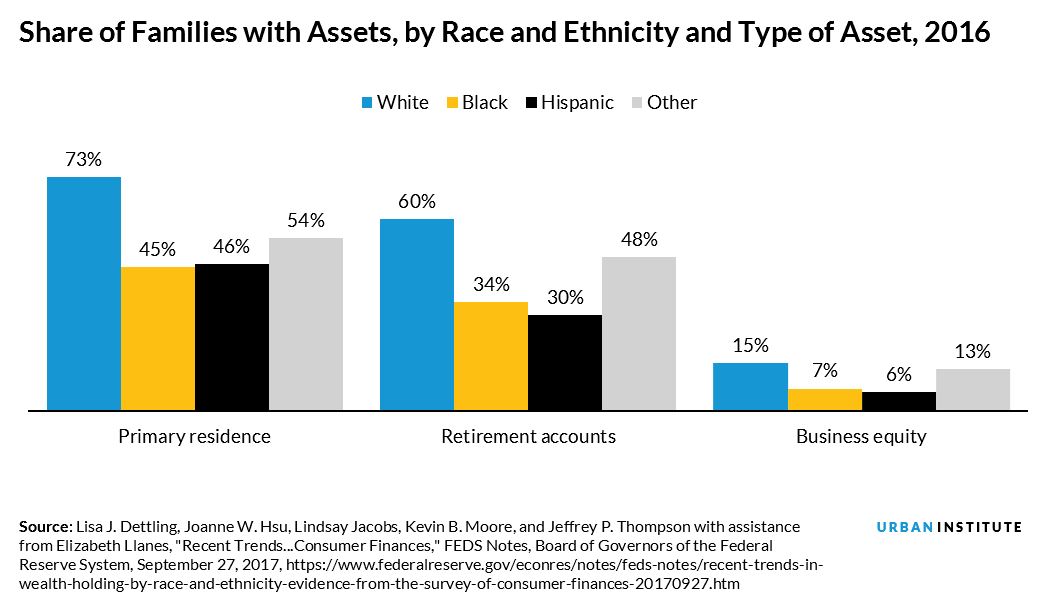
<p>Demonstrators from an organization calling itself Anti-Bakke Decision Coalition carry signs as they march before the federal court house in Foley Square in New York City on June 30, 1978. Photo by Dan Goodrich/AP Photo.</p>
Today marks the 40th anniversary of the landmark Supreme Court Bakke decision, which upheld the use of race as a factor in college admissions. But Justice Anthony Kennedy’s retirement means that Bakke’s days are likely limited, and colleges need to be ready for a world in which considering race in college admissions is no longer legal.
Affirmative action in college admissions has barely survived multiple challenges at the Supreme Court over the past two decades. Justice Kennedy’s retirement is likely to flip the outcome of the next big affirmative action case, such as a challenge against Harvard’s admissions process that could eventually land in the highest court. And the Trump administration has prepared to investigate and sue higher education institutions with affirmative action policies that it believes discriminate against white students.
Colleges are not ready for a post-Bakke world—they don’t know how to recruit diverse classes if their traditional approaches are ruled unconstitutional. Even with existing race-sensitive admissions practices, black and Hispanic students represent only 6 percent and 13 percent of students in the most selective colleges and universities (they make up 15 percent and 22 percent of the traditional college-age US population). Changing demographics in the US will only continue to increase the importance of learning alongside diverse classmates.
Research is pessimistic on how well race-neutral alternatives, such as affirmative action tied to socioeconomic status, can replicate current levels of racial diversity. One recent study found that affirmative action based on parents’ income, education, and occupation could produce results similar to race-based affirmative action only if it were combined with race-targeted recruiting, which would likely be costly.
But what about policies that more directly address the products of structural racism? Wealth is one useful summary measure because, unlike income, it is often passed down through generations of families. Wealth disparities are likely to more accurately reflect the legacy of race-based exclusion. A white student, for example, might receive help from his or her grandparents who have paid off their government-backed mortgage, whereas a black student’s grandparents might have grown up in the days of Jim Crow and been redlined out of homeownership, reducing their ability to draw on homeownership assets.
The most recent data indicate that median black wealth is only 10 percent of median white wealth (median Hispanic wealth is 12 percent of median white wealth). Disparities in homeownership are a big part of the wealth gap, with 45 percent of black families and 46 percent of Hispanic families owning homes, compared with 73 percent of white families. These differences persist even when comparing families with similar incomes.

See also: Nine Charts about Wealth Inequality in America (Updated)
There is also the “neighborhood gap.” Black and Hispanic middle-class families tend to live in neighborhoods with significantly lower average incomes than do white middle-class families. Lower-income neighborhoods tend to have lower-quality schools and fewer resources, meaning families in these areas might have a harder time accessing resources and programs that would make their children competitive for the most selective colleges.
But how could these data inform new admissions policies? Considering measures of family wealth and neighborhood characteristics in college admissions will require collecting new data and deciding how to use it in an appropriate way. There will be a trade-off between collecting complete and accurate information and imposing burdens on applicants and their families. One strategy would be to lean more heavily on neighborhood and school characteristics rather than those of individual families, but further research is needed to understand how this might play out.
Race plays a unique role in American society that cannot be replaced by socioeconomic proxies, and race-based affirmative action is likely the most efficient path to achieving racial diversity. But a fuller range of alternatives conceptually rooted in the legacies of race-based exclusion should be explored so that selective colleges are not caught flat-footed by a future court case that upends more than 40 years of admissions practices.
Let’s build a future where everyone, everywhere has the opportunity and power to thrive
Urban is more determined than ever to partner with changemakers to unlock opportunities that give people across the country a fair shot at reaching their fullest potential. Invest in Urban to power this type of work.